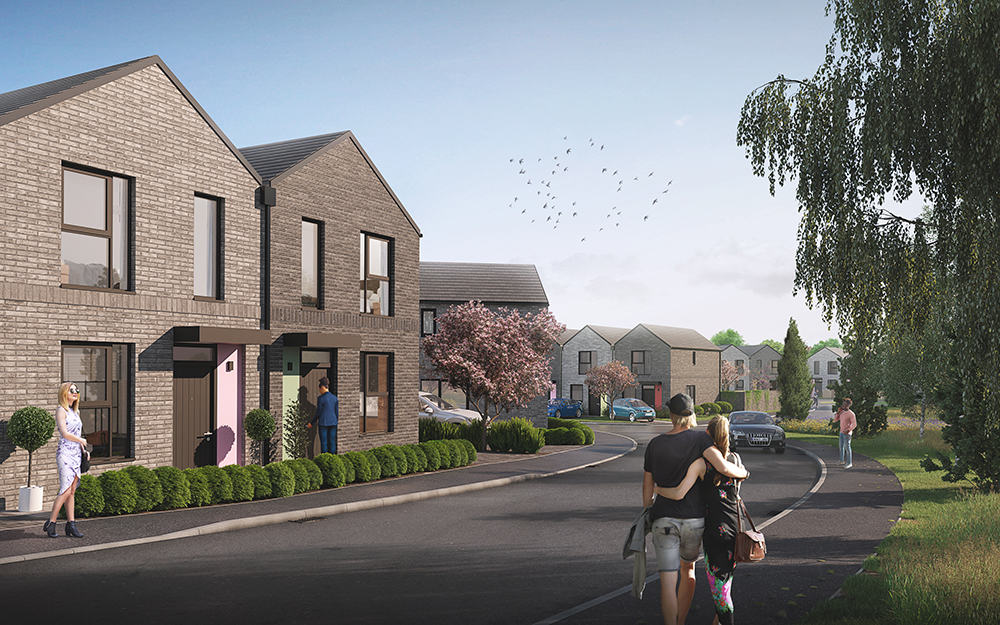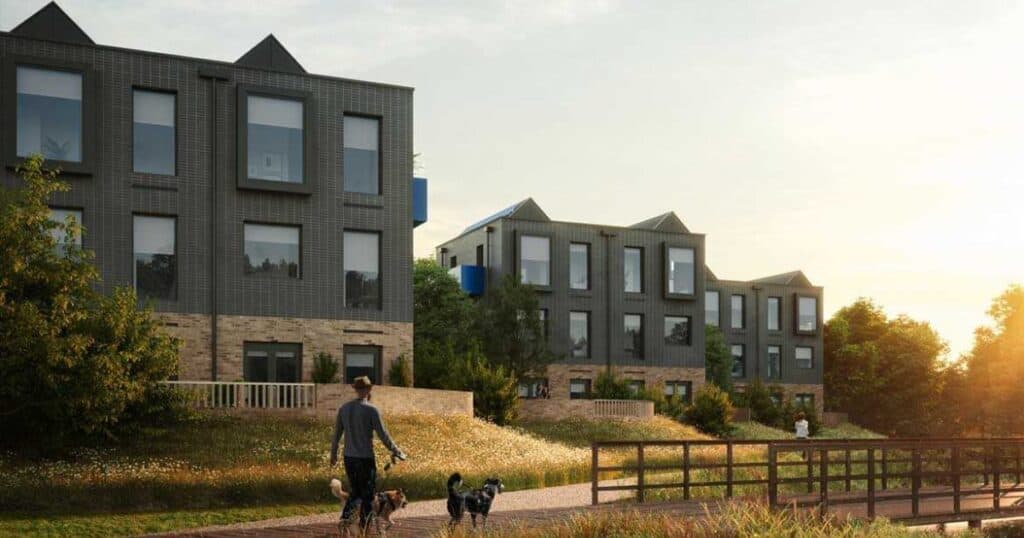We’ve come a long way since the temporary post-war emergency housing gave prefabricated a bad name, says Rupert Hardy, chair of North Dorset Council for the Protection of Rural England (CPRE)

Some of us still remember the stigma surrounding ‘prefab’ housing. In the post-war years, prefabricated homes were seen as a temporary solution to the housing crisis.
Many weren’t intended to last more than a decade, were poorly made and insulated … but surprisingly are still standing. Their lack of appeal was also related to British housebuilding’s traditional use of brick and stone, rather than northern Europe’s use of wood, which lends itself to prefabrication.
Building standards have moved on considerably since the 1940s when an indoor bathroom was considered
a luxury. Modular homes on sale today are energy- efficient, built to last and quick to assemble. CPRE often
complains about excessive housing targets, but there is clearly a need for more genuinely affordable and social housing.
Modular homes should be 10-20% cheaper than traditionally built homes, once scale economies have been
achieved. Although there are few on sale in North Dorset now, this is likely to change.
The eco credentials
We are of course also faced with a climate emergency and modular homes can boast eco-friendly credentials, using sustainable materials and construction methods, incorporating features such
as enhanced insulation, solar panels and heat pumps.
Many are made of wood, the most sustainable building material with the lowest carbon footprint. They are
therefore more environmentally friendly and cheaper to run. Off-site construction also requires fewer builders, thus addressing one of the housing industry’s major challenges.
Modular building offers a lower carbon footprint as there are fewer lorry deliveries to the site, which has a
pleasant knock-on effect of people living nearby being less affected.
In other European countries such as Germany, factory- made modular homes are common. In Sweden more
than 80% of detached houses use prefabricated timber elements.

Flat pack housing?
Things are changing here in the UK too, and political support is also growing. Of the 200,000 homes built in the UK each year, only 15,000 are modular but it is anticipated that this will now start to rise rapidly.
Insurance giant Legal & General have opened a factory in Leeds, with the intention of producing 4,000 units a year; housing associations are expected to be major customers.
Worthing Council in Sussex have signed up with BoKlok, a company jointly owned by IKEA, to build 162 flats
on its own land – 70% of the properties are being sold using its innovative affordability model, which analyses how much residents can afford after tax and monthly living costs have been deducted. Standard features will include heat pumps and enhanced insulation.
In the East Midlands at Inholm, Urban Splash are building 400 modular homes with heat pumps that use 67% less energy to build compared to a traditionally built unit.
Sleepy Dorset may be slow to emulate other authorities, but even here change is expected soon. Many peoples’ sons and daughters trying to get a foot on the housing ladder deserve no less. For many, the future
will be prefrabricated.
RURAL MATTERS – monthly column from the CPRE



